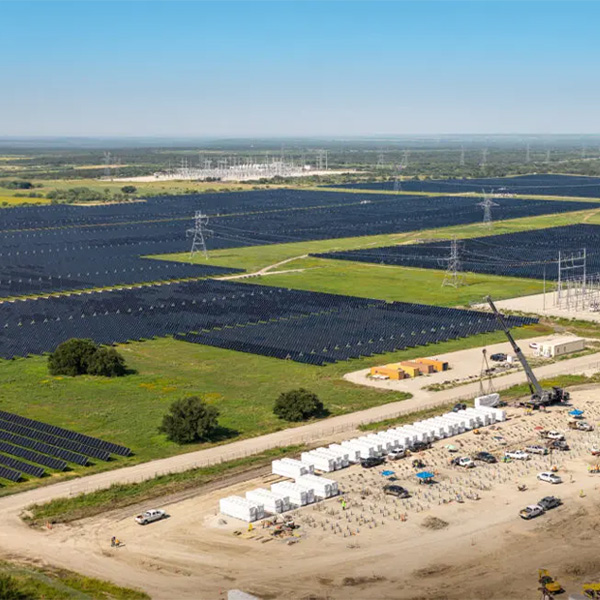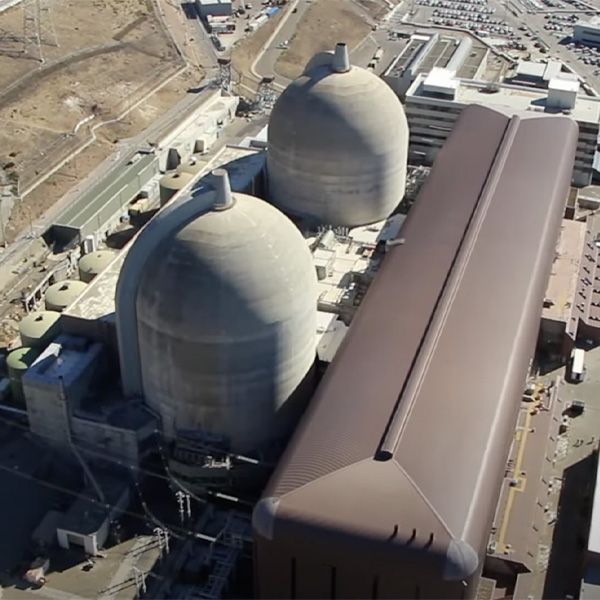Industrial Decarbonization
Two major operators in the natural gas and power sectors say they are moving to meet data center power demand with new natural gas generation capacity.
"Deep, collaborative partnerships combined with creative problem-solving are the only way we can meet the explosion of AI growth, as well as society's accelerating electricity demand," said Sheldon Kimber, CEO of Intersect Power.
A report from the Virginia legislature released shows how quickly data centers are growing in the state and addresses how to meet that demand, with some suggestions for policymakers.
Meta and Amazon Web Services continue to search for ways to meet their data centers’ growing power demand, requesting proposals for nuclear reactor construction and announcing new efficiency measures, respectively.
In its latest “Solar Means Business” report, the Solar Energy Industries Association reports nearly 40 GW of on-site and off-site corporate capacity installed by March 2024.
American Electric Power will meet data center power demand with what it calls the largest utility initiative of its kind in the nation, buying up to 1 GW of Bloom Energy’s solid oxide fuel cells.
Washington Gov. Jay Inslee’s biggest anti-global warming measure remains intact after the state’s voters rejected a ballot initiative to repeal the nation’s second cap-and-trade program.
The Biden administration wants to jumpstart a “nuclear deployment ecosystem” by getting 35 GW of new nuclear power online or under construction by 2035 and then build to a steady pace of deploying 15 GW per year in the U.S. and globally by 2040.
The California governor is convening a special session of the state legislature to take steps “to safeguard California values” — including the fight against climate change — ahead of president-elect Donald Trump’s second term.
Washington voters showed overwhelming support for the state’s fledging cap-and-invest system when they firmly rejected a ballot measure that sought to repeal the program.
Want more? Advanced Search










